New Rules - How to Dress For a Job Interview
We all know making a good first impression is important. Many look at the way we dress and present ourselves to get a picture of how we will be at work. (The same also applies to posture, body language, etc.) What you wear and how you wear it can convey confidence and eagerness to impress at the workplace. Under dressing for an interview could translate to lack of enthusiasm or respect regarding the position for which you’ve applied. The problem that interviewees face is that different employers expect different things in the interview. For some companies, sweatpants and lounge wear is deemed perfectly acceptable for conducting daily activity in. Yet there are other companies where it is never OK to take off your tie. Much of this is related to company culture.
The Diversification of Company Culture
These days, the level of formality of dress largely depends on the culture of each particular company. Some companies, especially in financial related industries, remain in the formal business attire. Meanwhile younger companies have become much more casual in their dress code over the past decade. Some industries even employ a more collegiate atmosphere including t-shirts, shorts, and flip flops being a standard workplace ensemble. It’s probably not necessary to wear a suit and tie to an interview at a more laid-back company, but that doesn’t mean you should dress too informally either.
Get a Picture of the Company
In the end, you have to do some research on the company to find out about their dress code prior to the interview. One great way of getting some insight into this is by looking up some of the employees on Linkedin. What the majority of the employees are wearing in their Linkedin profile will likely reflect their company culture. Most are aware of the diversification of company cultures. Asking directly about dress code before the interview is usually appreciated and encouraged by the interviewer. They want you to make a good impression as well. If it’s a large business, you can go grab some coffee near the office you’re interviewing at or drive by and see how others are dressed who work in the building. If you still are uncertain of the company dress code for any reason, it is safer to dress up than dress down. In many cases, there is more than one interview. Overdressing at the first interview can often be expected by the employer. Look at what your interviewer is wearing and then dress accordingly in the second interview.
General Tips for Gals:
- Try to dress ½ a step up from what typical daily dress is for that industry
- Dress for the position you want, not the one you have
- Pay as much attention to your grooming as your outfit
- Keep accessories to a minimum (and the ones you do choose to wear should be simple & understated)
- Avoid: bright colors, excessive makeup, short skirts, cleavage revealing tops, and open toe shoes
- Also - NO wrinkles, stains, lint, holes, or snags on clothing
- When in doubt, bring a jacket or blazer with you – you can throw it on to formalize and take it off for a more casual look
- A well-tailored outfit implies that you are conscientious and detail-oriented in other aspects of your life.
General Tips for Guys:
- Wear a suit and tie. You can always take the tie off and unbutton the collar when you walk in and realize nobody’s wearing one.
- Get a hair cut before the interview. Even if you just got one a week ago. You want to be looking your best.
- Don’t bring unprofessional accessories like sunglasses to the interview.
- It doesn’t hurt to take your clothes to the dry cleaners to make sure they’re in the best possible shape.
Remember:
A potential employer might not always remember if you were perfectly dressed in an interview, but they will 100% remember if you were poorly dressed. It just doesn’t make sense to lose a potential job due to something well within your control, such as how you dress yourself.

No comments